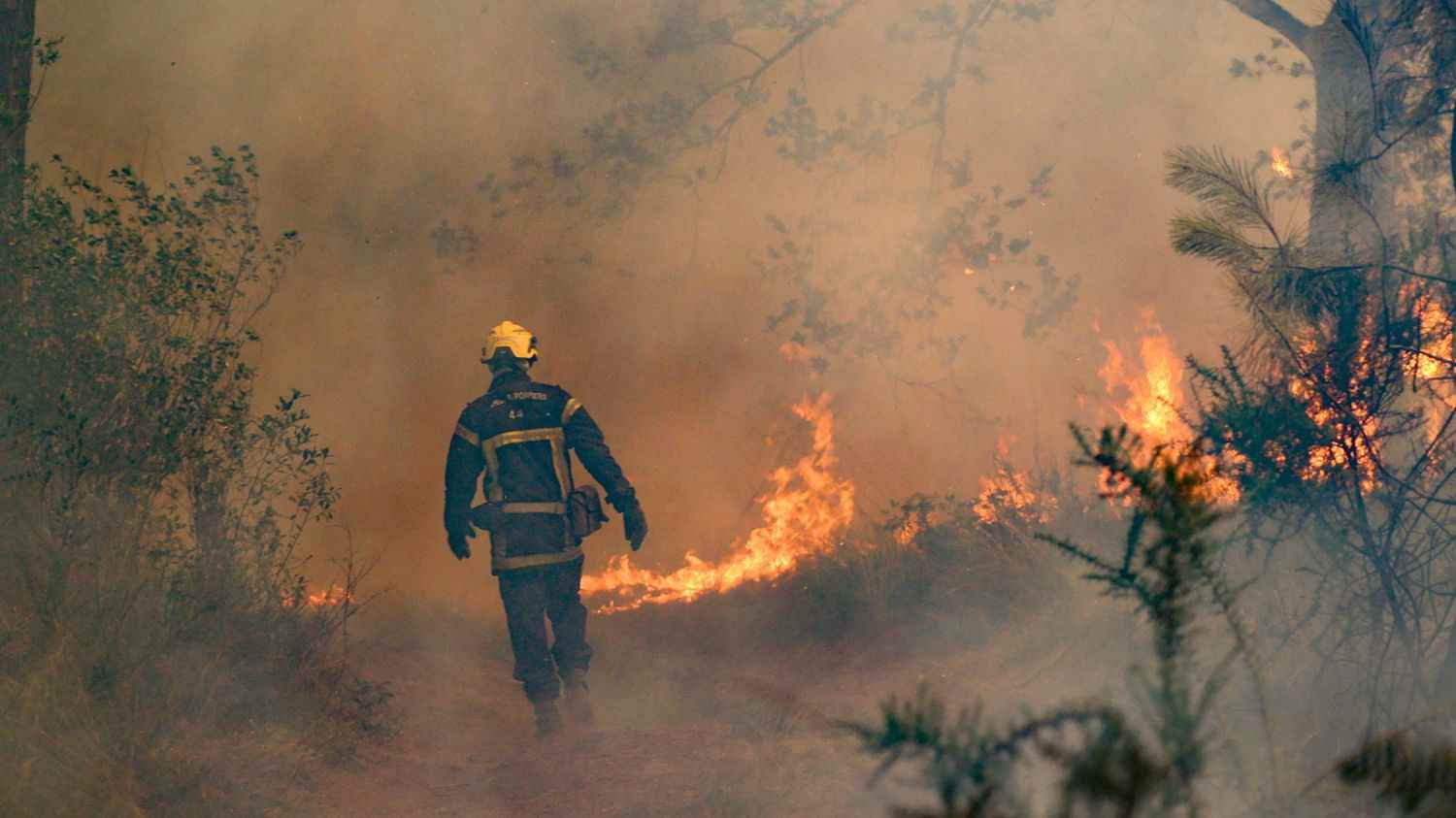Among the species victims of flames during forest fires in France, there are protected species: bats, freshwater turtles, large lizards or a butterfly characteristic of wetlands, details Emilie Breugnot of the knowledge service of the French office for biodiversity in Aquitaine.
>> Fires: what is a “fixed”, “controlled”, “limited” or “drowned” fire?
Some reptiles or insects may have managed to burrow underground and large mammals or birds may have managed to escape. Unfortunately some young birds of prey, which were not yet old enough to leave the nest, have probably perished. And, beyond the flames, the fauna is in general also a victim of the destruction of its habitat, of smoke pollution, of the problem of food resources.
However, environmental associations ask residents not to place food near burned areas, as this could settle certain species in the wrong place, or create eating disorders. Only small cups of water are welcome.
To reconstitute a forest, it sometimes takes 50 years, but how long will it take for the fauna to return? Surviving species may recolonize the area quickly. For example, some observers have already spotted cricket songs, for example near burned areas, but it will take time to find an ecosystem close to the one that existed. About twenty years probably and in the meantime, explains Mathieu Sannier, project manager at the Aquitaine Bird Protection League at franceinfo. There will be a succession of pioneer species which will adapt to the environment and evolve as the vegetation takes over.
There are also sometimes small miracles of nature which are sometimes observed after the fires. After the megafires in Australia two years ago, researchers discovered to their astonishment that a rare species of marsupial, a small mammal with the head of a shrew, had finally survived the flames.
Other unexpected effect, the review Nature mentioned, these same fires in Australia had indirectly fertilized an area of the ocean, through ash fallout, creating a layer of phytoplankton with an area equivalent to that of the Sahara. Beneficial algae which had at the time absorbed part of the carbon from the smoke before disappearing at the same time as the plumes of smoke. In Gironde, the smoke was much lower, but samples are also planned to monitor the impact of these fires on the nearby ocean.
